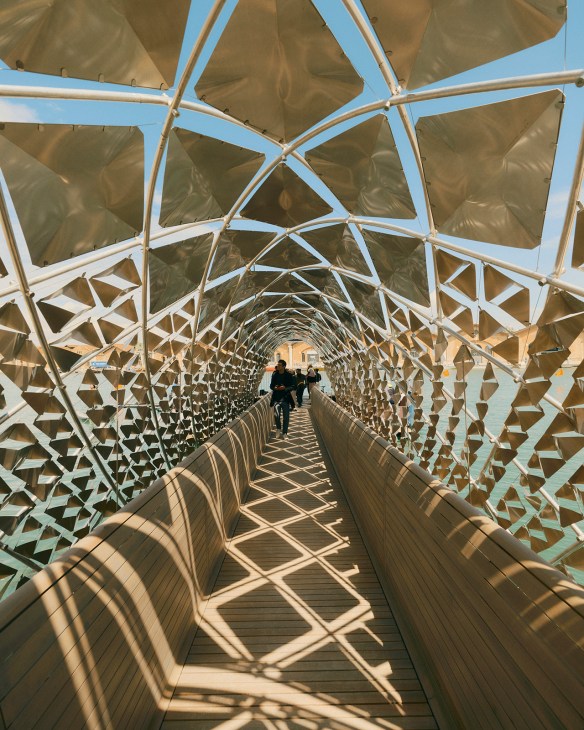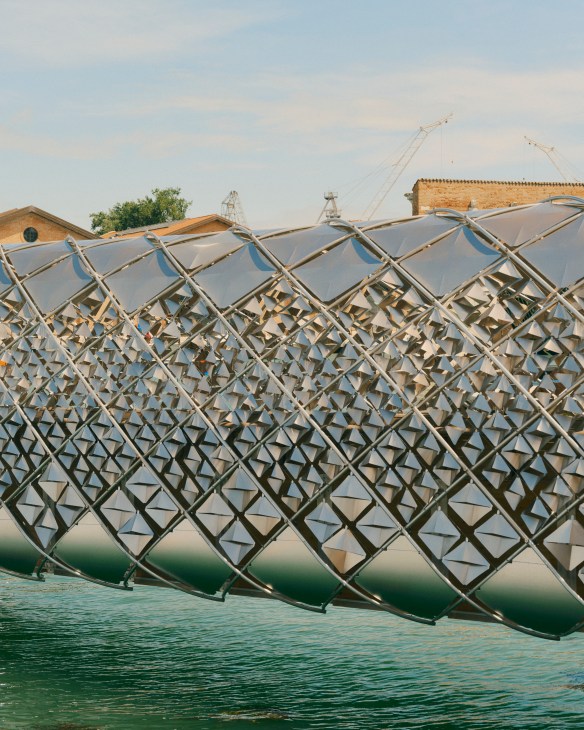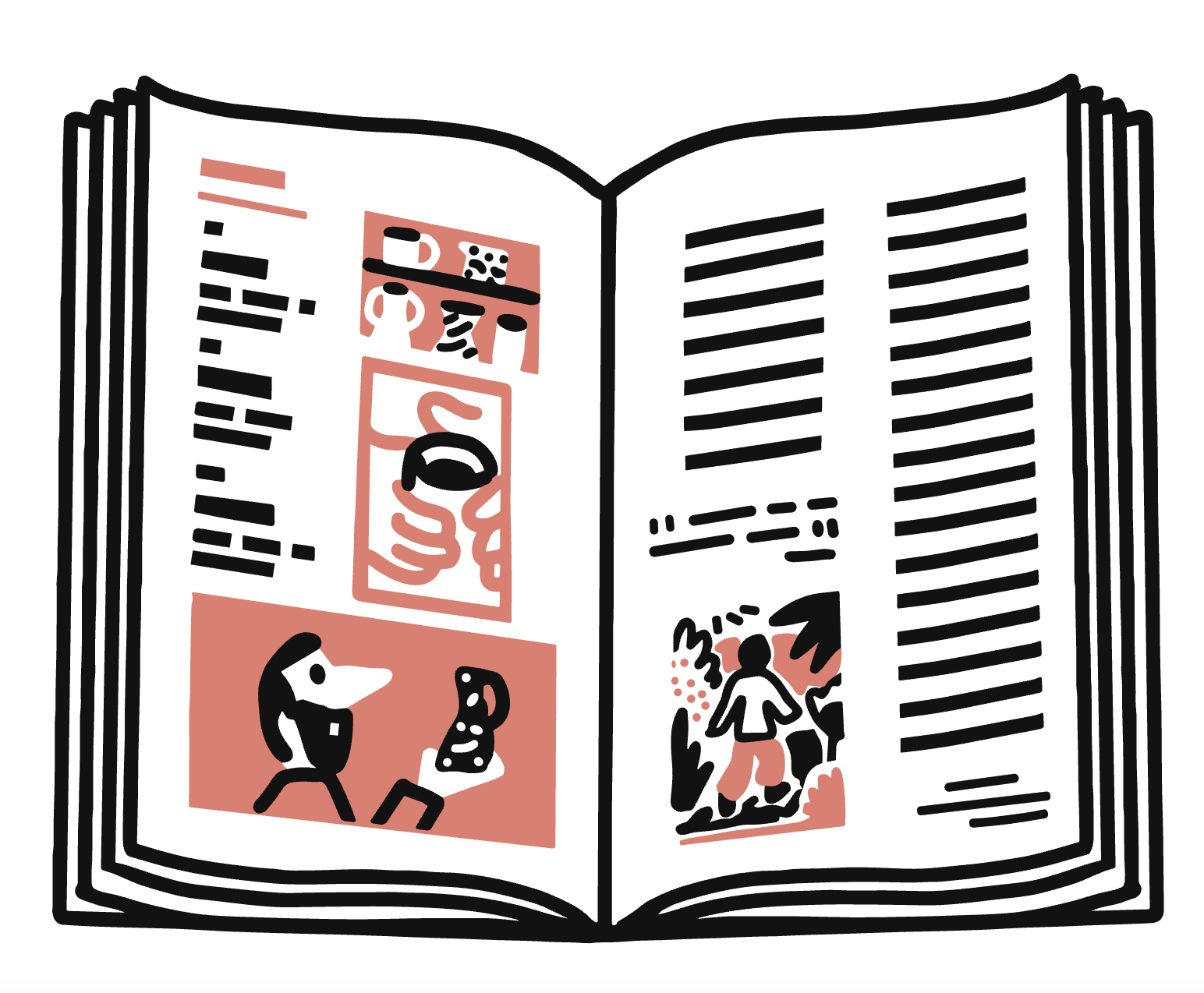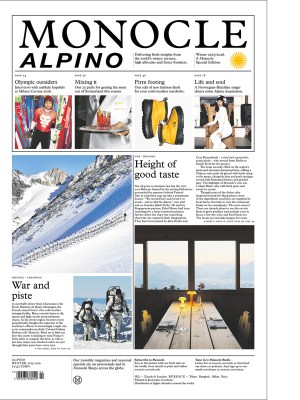What Norman Foster told me about designing joy into our lives
“Everything is designed,” Norman Foster tells me, sitting in a Venetian Palazzo that’s flooded with natural light. “This means that nothing happens by chance. A building or infrastructure is either designed badly and without too much thought, or it’s designed well.” I’m speaking to the Pritzker Prize winning architect at the Venice Biennale and we’re discussing the link between the built environment and quality of life.
It’s a topic that Monocle has always dedicated its July/August issue to and 2025 is no different. Our approach to the subject differs slightly from other media outlets and research institutions, which tend to focus on hard metrics: average income or crime rates. These are important but we’re also interested in how architecture and infrastructure change how we feel about ourselves and our cities. We seek to answer questions such as: does the local library lift our spirits? Or, is public housing not only available but of a quality that makes people proud to live in it? As Foster says, “We know that we can improve the quality of all our lives through design. We can do this by designing for our pleasure and enjoyment.”

Case in point is the project that Foster is presenting at the biennale in partnership with German automaker Porsche: a floating bridge and pontoon, with a shimmering shell enclosing a dock for water bikes and motorboats. Both the kinetic nature of the structure and the novel form of transport are intended to bring a sense of play to the lagoon city’s infrastructure.


It reflects an ethos that can be found across Foster’s portfolio which, despite being exceptionally functional, expresses much novelty. There is London’s 30 St Mary Axe, known as The Gherkin, which challenged the convention of office buildings; and his Reichstag renovation in Berlin, with a glass roof on which the public can walk – a masterstroke of democratic symbolism. All are much celebrated and a reminder that quality of life is about more than economic policy and statistical indicators. It’s also about looking at how we can bring moments of joy and pleasure into our lives.



